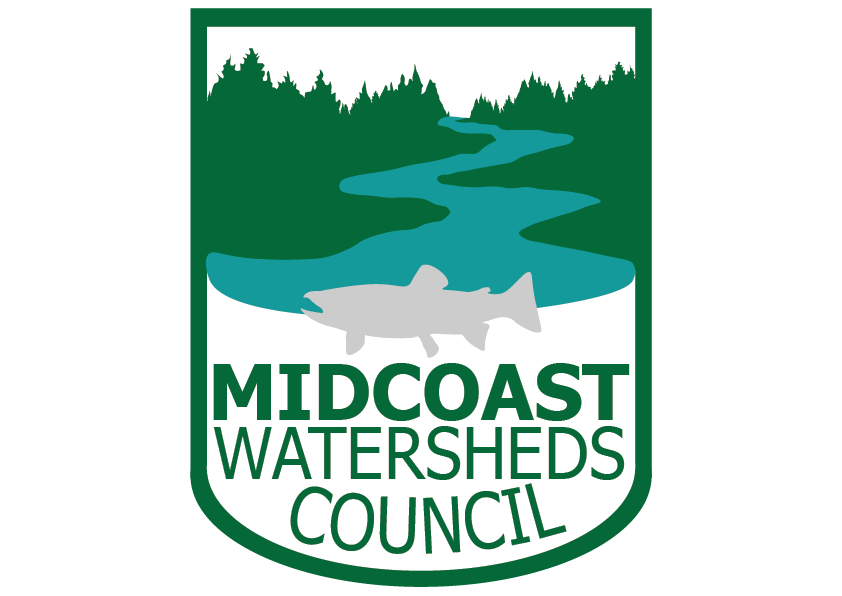In these uncertain times, MCWC is so grateful to have spent two days in February with 14 volunteers on the banks of Bummer Creek in the Alsea Watershed. Within the shelter of a barn to make hundreds of chicken wire cages to protect the native trees and shrubs that will be planted at the site soon. Better yet, we even got to work outside and tour the restoration site in the spurts of blue sky the days brought!
A big thank you to all who put their time and energy into these days. While our crew will still be working to put plants in the ground, we won’t be hosting any more volunteer events at the site in response to the coronavirus outbreak.
For more background information on the Bummer Creek restoration, read below.
Bummer Creek is a tributary to the South Fork Alsea River. The Alsea flows directly from the flanks of Marys Peak—the highest point in the Coast Range—to the Pacific Ocean. The river is home to Chinook and coho salmon, as well as steelhead and cutthroat trout, supporting a popular recreational fishery. The Alsea watershed is unique amongst many coastal rivers in that it contains historic oak savanna habitat in its’ eastern reaches, as well as the lush, conifer rainforests more characteristic of the coast.
However, one-third of Bummer Creek was documented at risk of high water temperatures that threaten aquatic organisms in a Bureau of Land Management South Fork Alsea Watershed Analysis, due in part to historic land management practices that removed vegetation from the streambanks and altered the natural course of the stream.
In the summer of 2019, the private landowners worked with the MidCoast Watersheds Council and partners at the BLM, Oregon Watershed Enhancement Board, US Fish and Wildlife Service, Benton Soil and Water Conservation District, and the Natural Resources Conservation Service to re-connect Bummer Creek to its’ historic oxbows to provide important, off-channel habitat for juvenile salmonids. Now a buffer of native vegetation around the stream is being established to provide long-term shade and s source of large woody debris.


